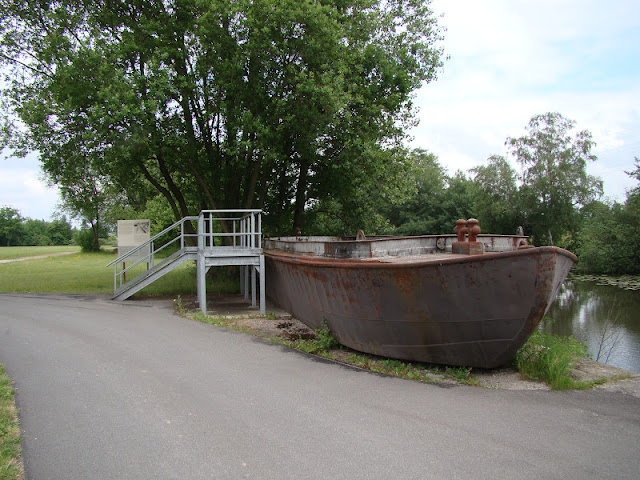Location of the huge brickworks, a brick factory at Neuengamme
The brickworks
The brickworks were built between 1940 and 1942 by prisoners of Neuengamme concentration camp. As agreed in a contract between the SS and the city of Hamburg, clinker bricks were to be produced here for the constructed of the "Fuehrer" buildings due to be erected in Altona along the banks of the Elbe.
Previously, there had only been a small brickyard located at Neuengammer Hausdeich, where the first prisoners sent from Sachsenhausen were billeted at the end of 1938. Their task was to keep the old brickyard running and start building the camp at Neuengamme.
The new clinker brickworks were largely automated. No more than 80 to 100 prisoners worked there, whereas many hundreds laboured in the clay pits. Inside the brickworks prisoners used to operate the kilns and in the sorting and transport processes.
In 1943 a division for manufacturing prefabricated concrete sections was set up in the east wing of the brickworks, producing among others fully intehrated construction units designed for building emergency accommodation.
- reads the museum sign by the brickworks
 |
| Some of the bricks in the steps have been replaced |
 |
| Rear of the brickworks |
 |
| Swastika pots |
 |
| A kiln for baking the bricks |
 |
| Beautifully sunken drainpipes |





























